Bills in the U.S. House and Senate seek to permanently allow states and local governments to bypass a requirement that school bus driver applicants include engine component identification when performing the pre-trip vehicle inspection skills testing necessary to obtain their commercial driver’s licenses (CDLs).
The National School Transportation Association (NSTA) successfully asked the Federal Motor Carrier Safety Administration (FMCSA) in January 2022 for a three-month waiver of the so-called “under-the-hood” inspection test used to determine a school bus driver’s familiarity with engines and related components for noting potential hazards prior to starting a school bus route.
That particular skills test is mainly designed for long-haul truckers who might need to make minor repairs on the road. That is not the case for school bus drivers. Instead, they normally call dispatch after a breakdown, and a technician with a substitute bus is sent to the scene so school bus driver and students can proceed to school sites or afternoon bus stops.
NSTA Executive Director Curt Macysyn wrote at the time that the engine compartment inspection test presents a “significant obstacle” to applicants getting in their CDL and school bus companies from quickly hiring otherwise qualified drivers to address staff shortages.
FMCSA approved a three-month waiver and followed with two more. NSTA asked for a five-year waiver, but FMCSA responded with two, two-year waivers, the most recent announced in December to run through the end of 2026. NSTA said contractor members have hired 1,200 new school bus driver applicants as a result of the waiver.
Rep. John Carter of Texas, who said he drove school buses while in law school, discussed his recent reintroduction of H.R. 2360, The Driving Forward Act, to make the exemption permanent during a dinner last month at NSTA’s “Bus-in” lobbying event in Washington, D.C. A companion bipartisan bill, S. 1284, was introduced last week by Republican Sen. John Cornyn of Texas and Democratic Sen. Tammy Baldwin of Wisconsin.
Carter’s first attempt at passing the Driving Forward Act, introduced last April, failed to make it out of the House transportation and infrastructure committee. The legislation seeks to permanently extend the exemption from the “under the hood” engine compartment portion of the pre-trip vehicle inspection skills test required for obtaining CDL. This exemption is expected to make it easier for individuals to become school bus drivers, helping to alleviate the ongoing driver shortage.
In addition to making the skills test exemption permanent, the Driving Forward Act would require participating states to submit annual reports on the number of drivers licensed under the exemption over a six-year period. This data would help demonstrate success in addressing the driver shortage, the bill notes.
During the Capitol Hill Bus-in March 26-27, NSTA said school bus company members held 153 meetings with congressional offices and secured additional support for the Driving Forward Act.
“The path to getting an under-the-hood testing exemption for school bus drivers has been a long journey, but with the introduction of the Driving Forward Act in both the House and Senate, we are poised to achieve final success,” said Macysyn in a statement.
Not a ‘Silver Bullet?’
NSTA said 13 states have adopted the under-the-hood exemption. But some of those states are either no longer utilizing the exemption or questioned if the waiver is worth the effort.
Texas last year switched to the FMCSA’s new voluntary modernized CDL skills test developed by the American Association of Motor Vehicle Administrators, which was approved in August 2022. Rather than require driver applicants determine a driver applicant’s ability to identify all under-the-hood engine components, the modernized skills test for the front of any commercial vehicle including a school bus checks fluid levels and for air leaks.
Anthony Shields, director of transportation for San Marcos Consolidated Independent School District near Austin, Texas, said the modernized skills test makes it easier for applicants to test under the hood by utilizing skills cards that don’t provide answers to the applicants but instead “jolt their brains.”
“We didn’t find value in [the under-the-hood exemption], It didn’t really make it simpler,” commented Shields, before adding, ”It’s a good start to make changes for a school-bus-only CDL.”
Another state to adopt the under-the-hood skills test waiver is New York. At a recent meeting with the state DMV, the New York Association for Pupil Transportation shared very few driver candidates were opting for the waiver.
“I know some driver candidates have taken advantage of the waiver, but I don’t believe it is catching on,” commented David Christopher, NYAPT’s executive director. “The issue: It is a temporary license at this point, and it restricts the driver to in-state driving only. We have never believed this would encourage new drivers to the business. Most people who apply to drive a bus have no idea what the pre-trip entails. Therefore, the under-the-hood requirement would not seem to deter them because they are not aware of what is even required.”
He added that school district members have relayed that if new applicants are trained correctly, the under-the-hood portion of the test is not a problem.
In the end, Christopher said NYAPT supports the waiver, but with a caveat.
“If it helps a district get bus drivers, that would be great,” he added. “We don’t think it is the silver bullet that will solve the problem.”
David Johnson, executive director of the Iowa Pupil Transportation Association, also weighed in.
“My understanding is the process the state [Department of Transportation] had to go through to get the waiver was a bit of a nightmare, almost to the point where if they knew it was going to be such a hassle they may not have done it. That’s just my opinion, but that’s how it sounds,” he explained. “I have not heard of any districts that are saying, ‘Hey, this is making it easier to get drivers.’ What I have heard is districts [are] still having the under-the-hood stuff as a part of their in-house training, as they still want them to have that knowledge and check those components. I personally do not agree with the waiver. I think drivers need to know what to be looking for under the hood.”
Related: Does Taking a Peek ‘Under the Hood’ Impact Driver Shortage?
Related: NSTA’s Macysyn Discusses “Under-the-Hood” Waiver, Clean School Bus Program
Related: Tales From Under the Hood
The post Federal Legislation Reintroduced to Permanently Extend ‘Under-the-Hood’ Exemption appeared first on School Transportation News.
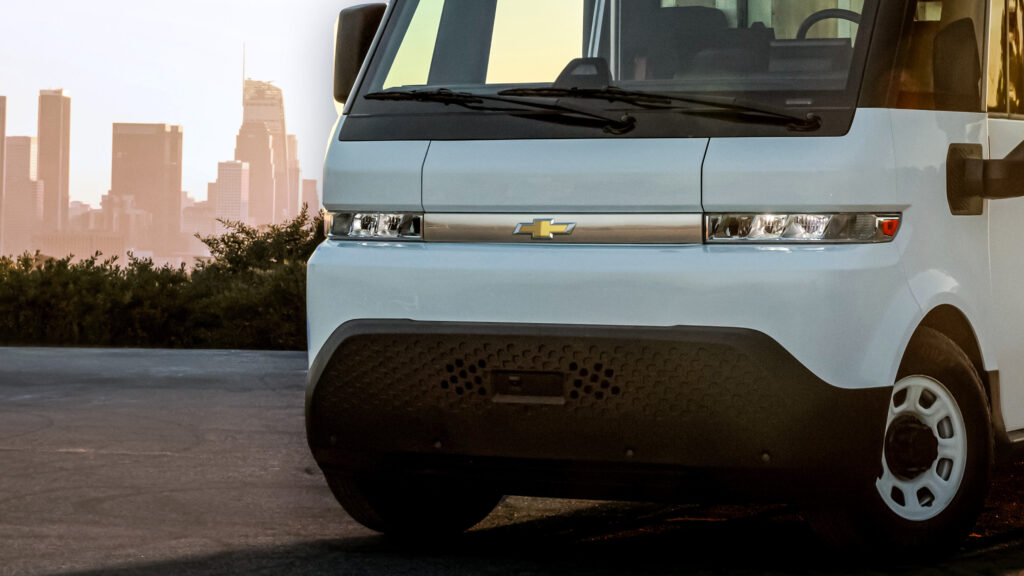
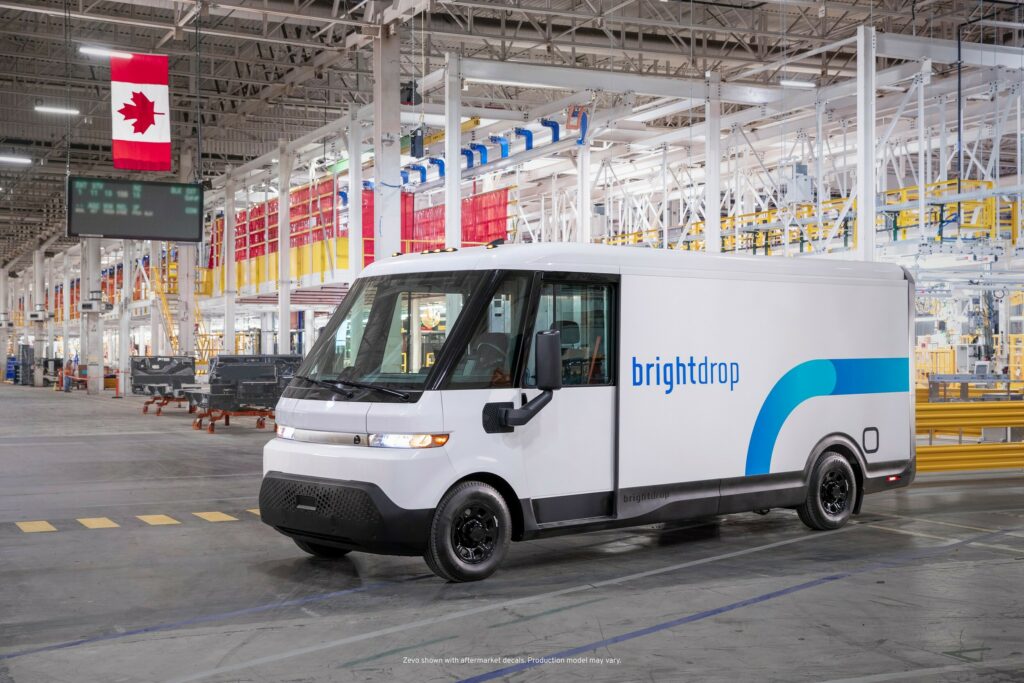
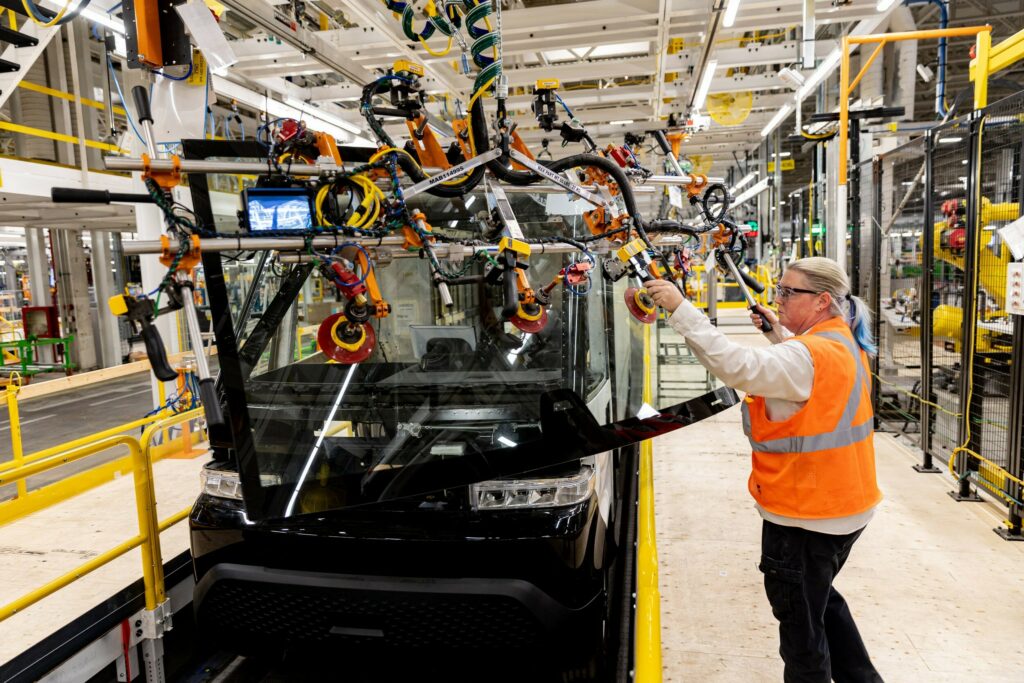

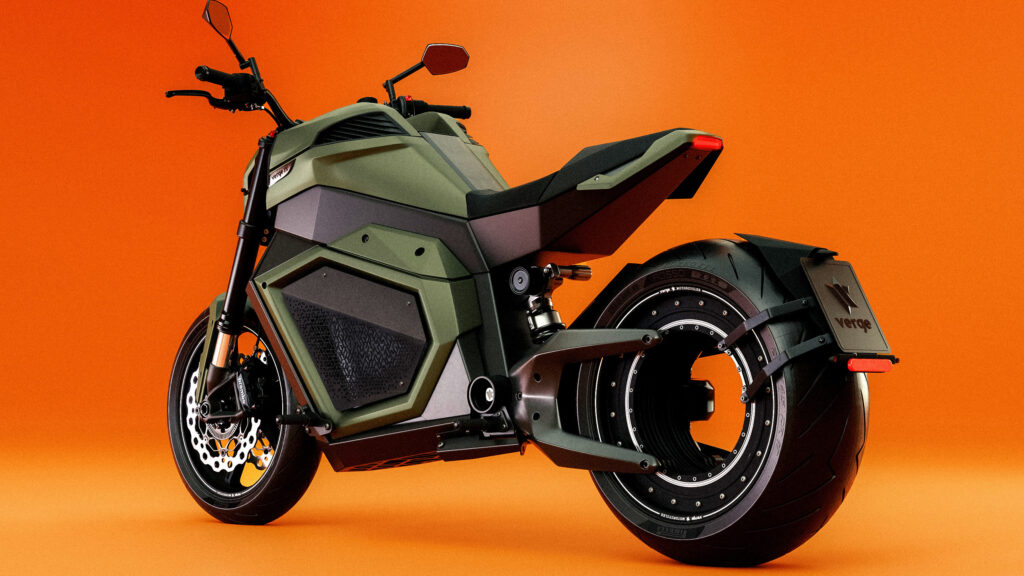
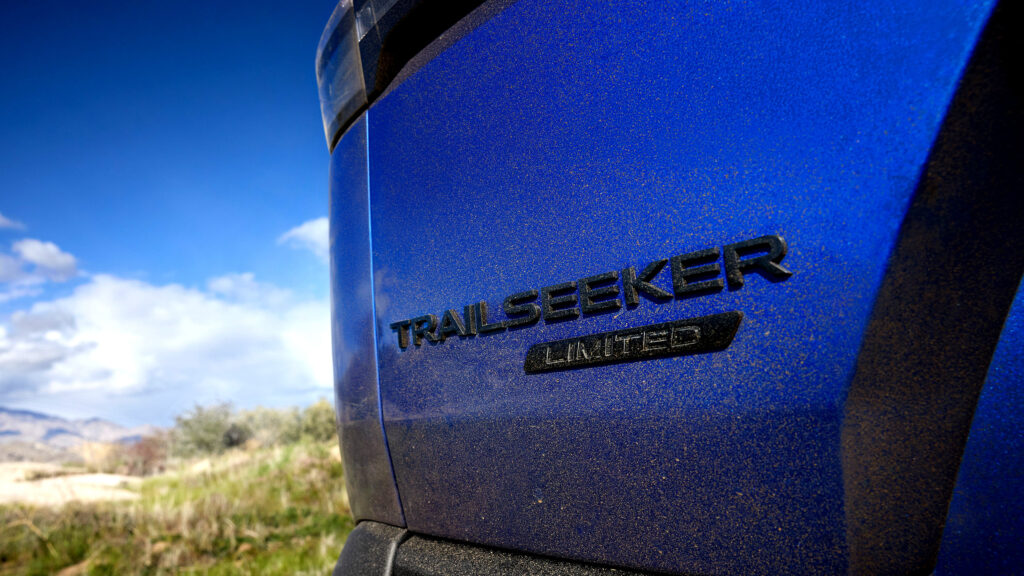
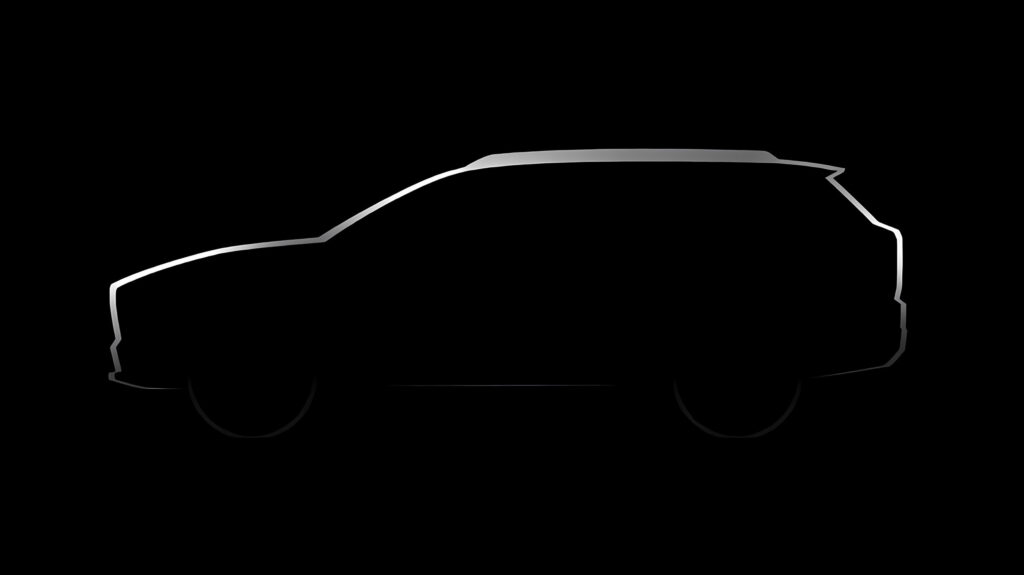

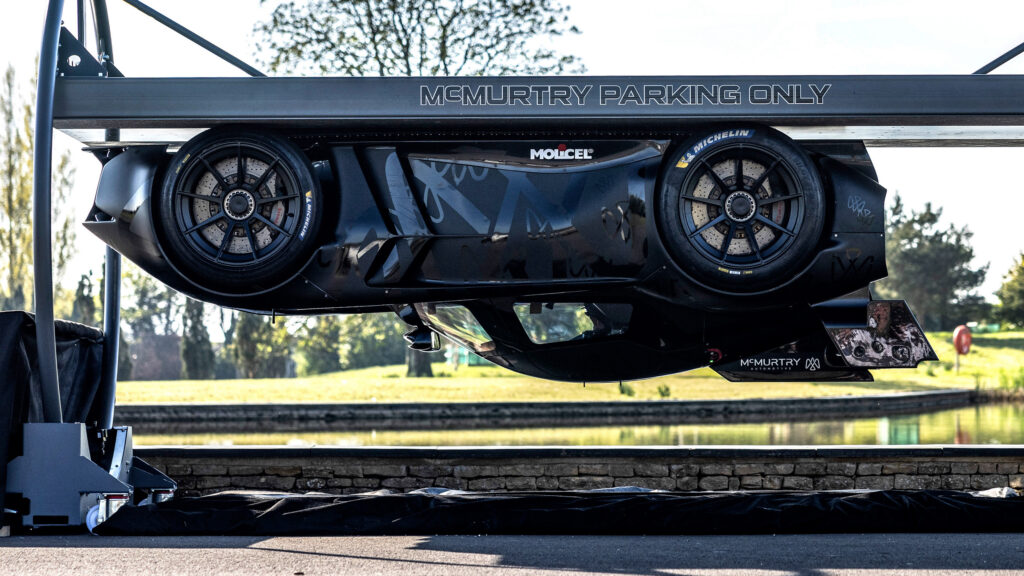
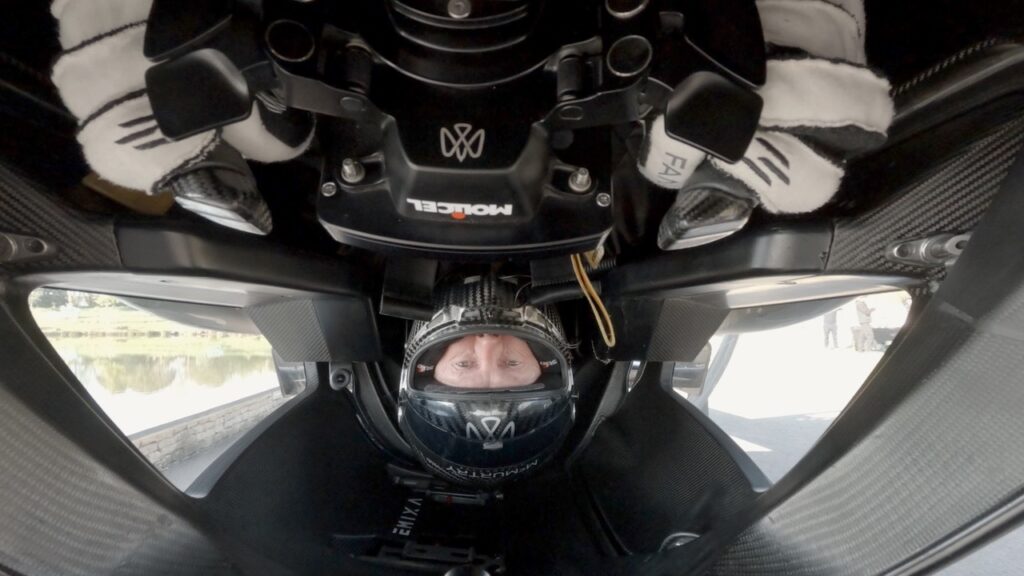



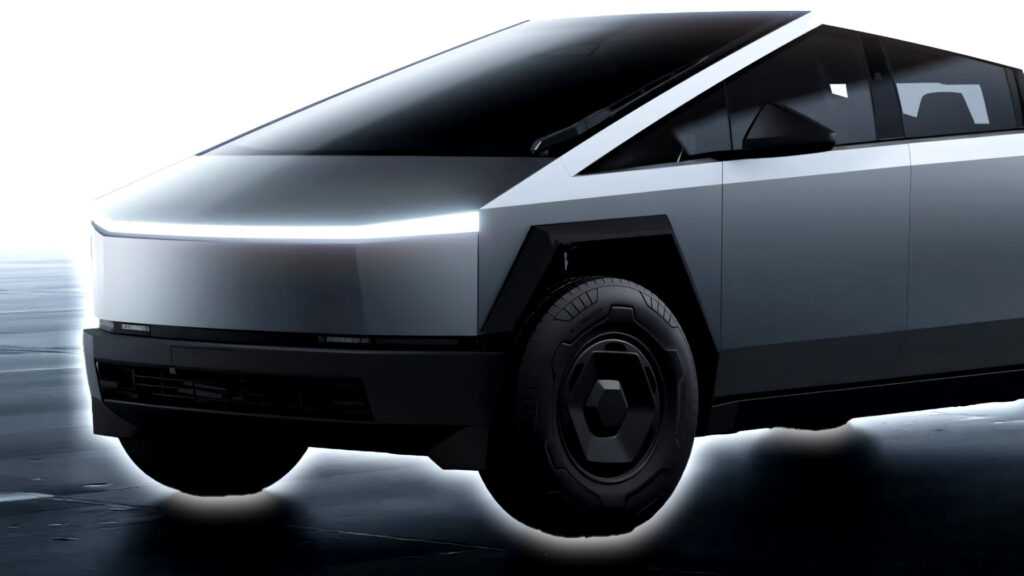
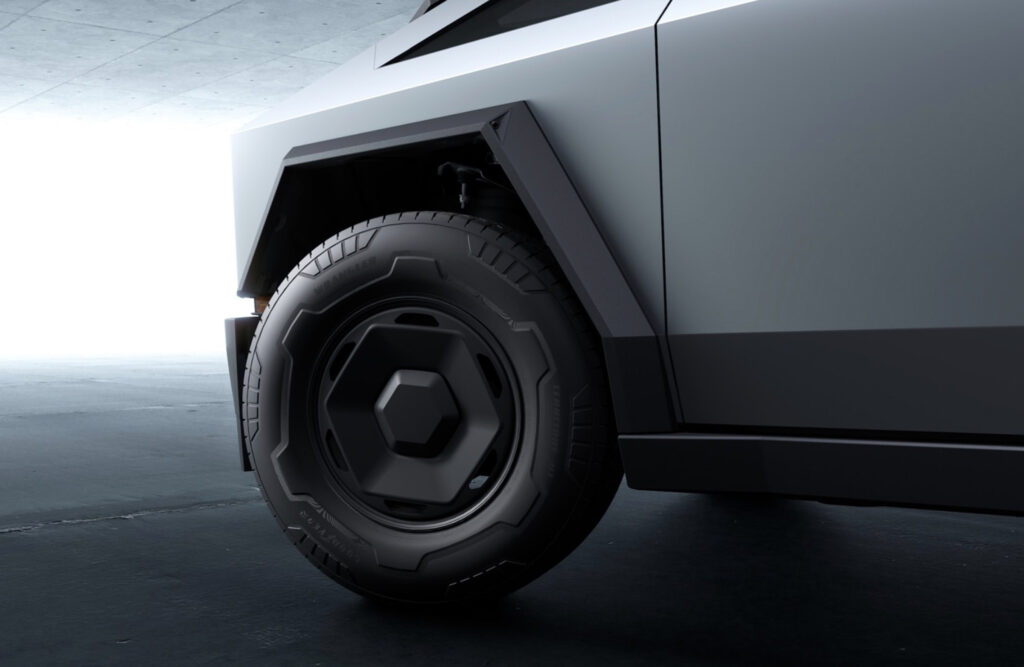
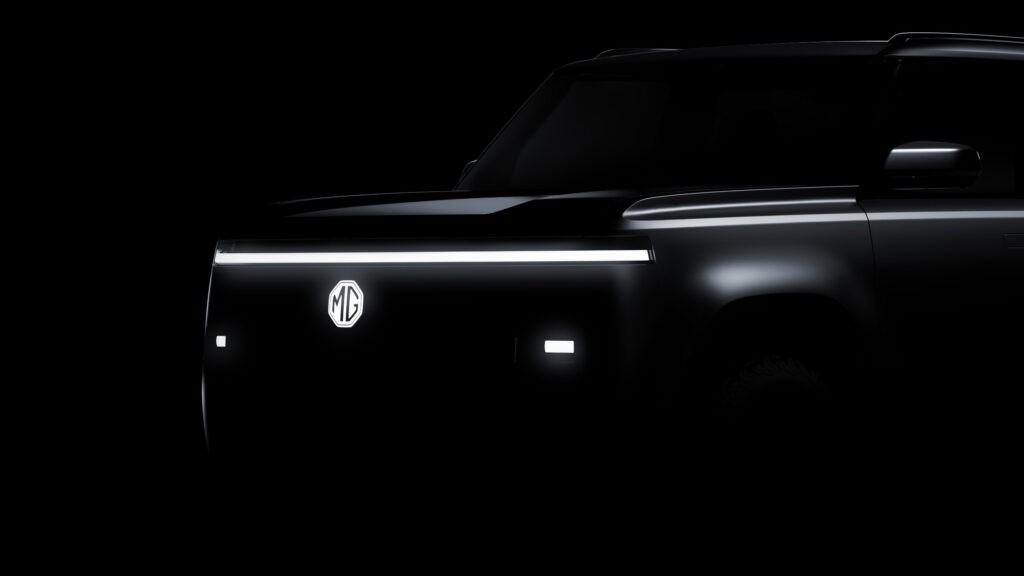





 to Meet with School Bus Industry Leaders at STN EXPO East, March 20-25 in Charlotte, NC
to Meet with School Bus Industry Leaders at STN EXPO East, March 20-25 in Charlotte, NC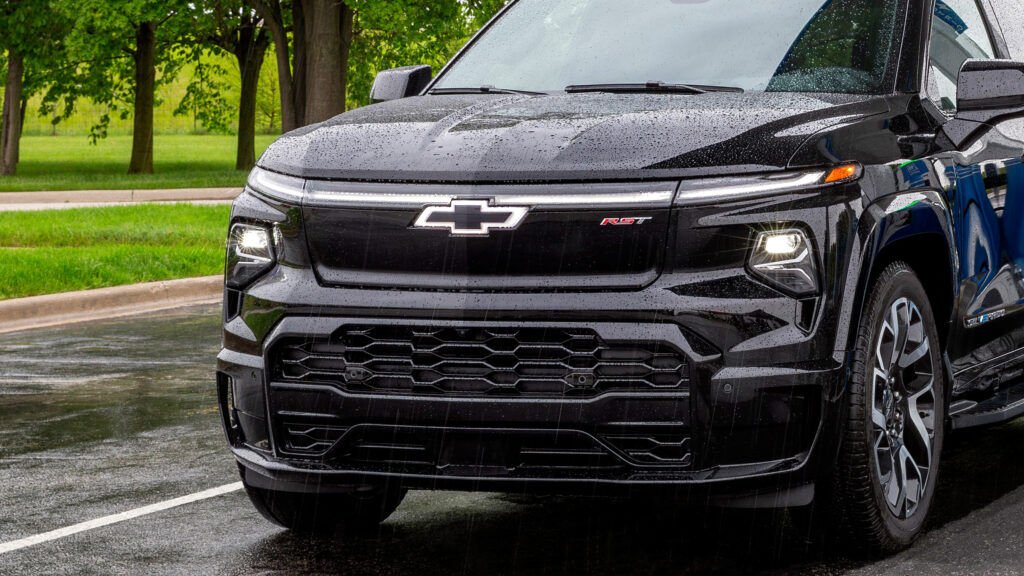
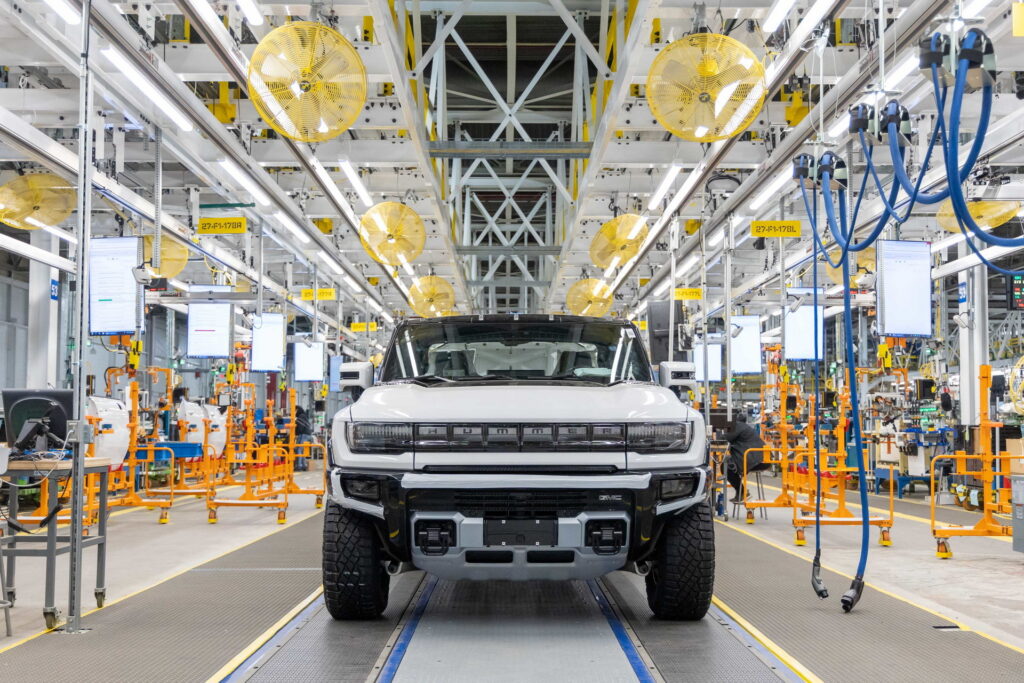
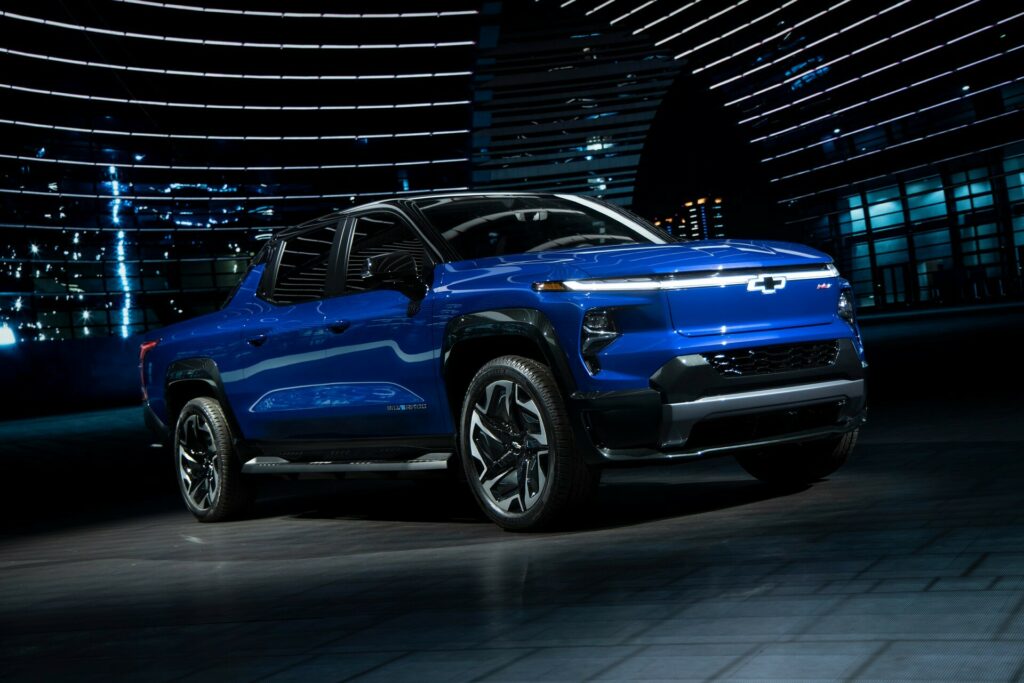

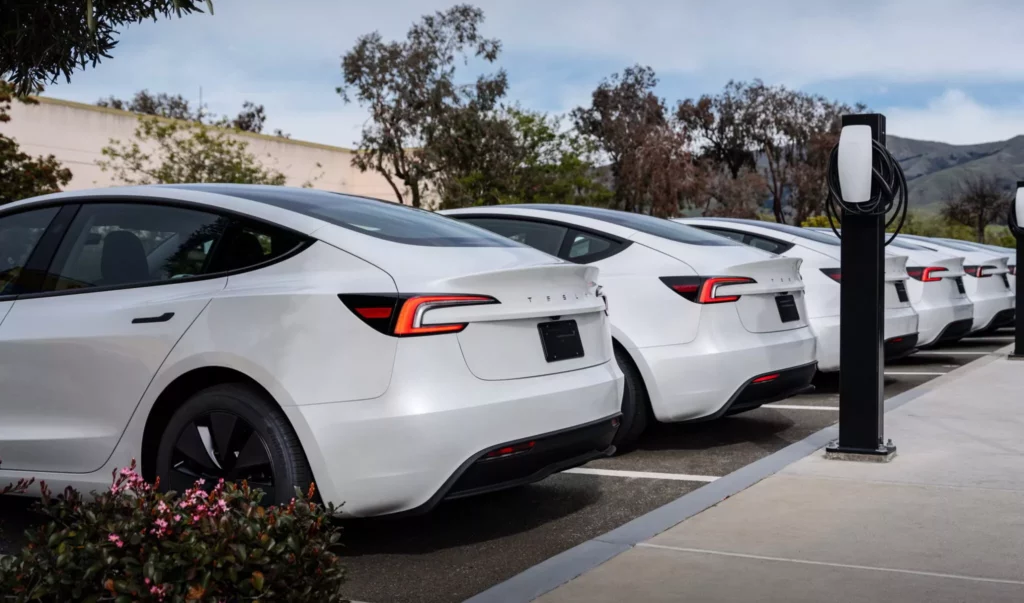
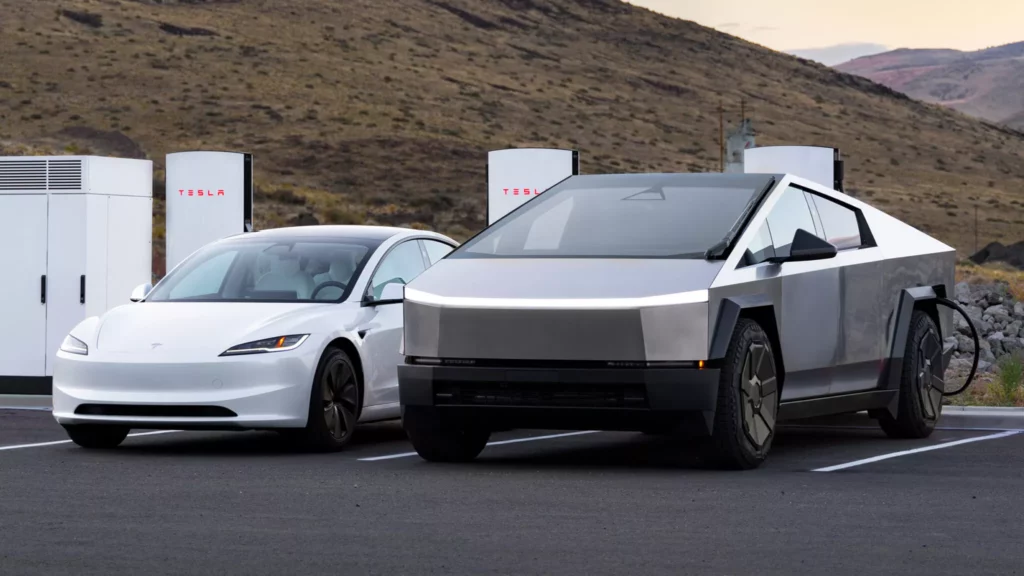
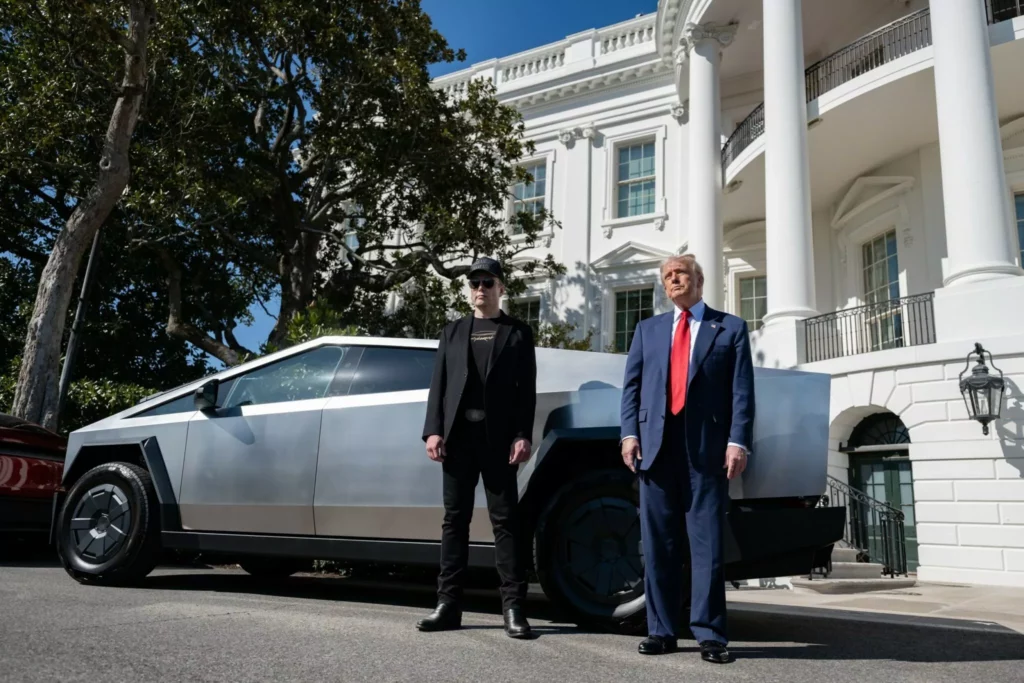

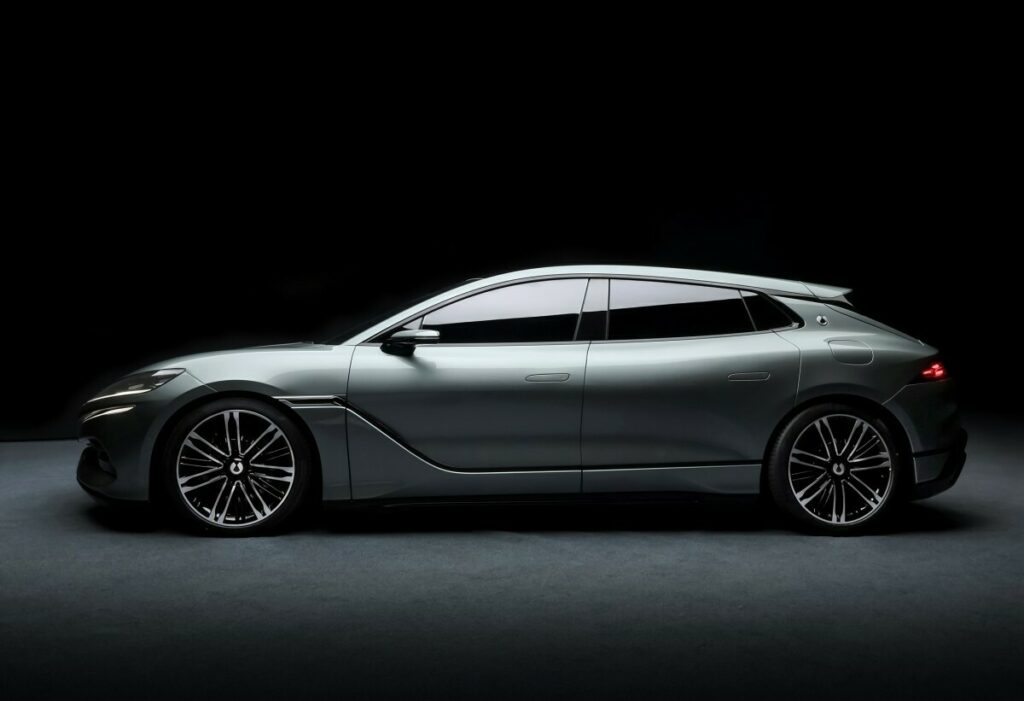

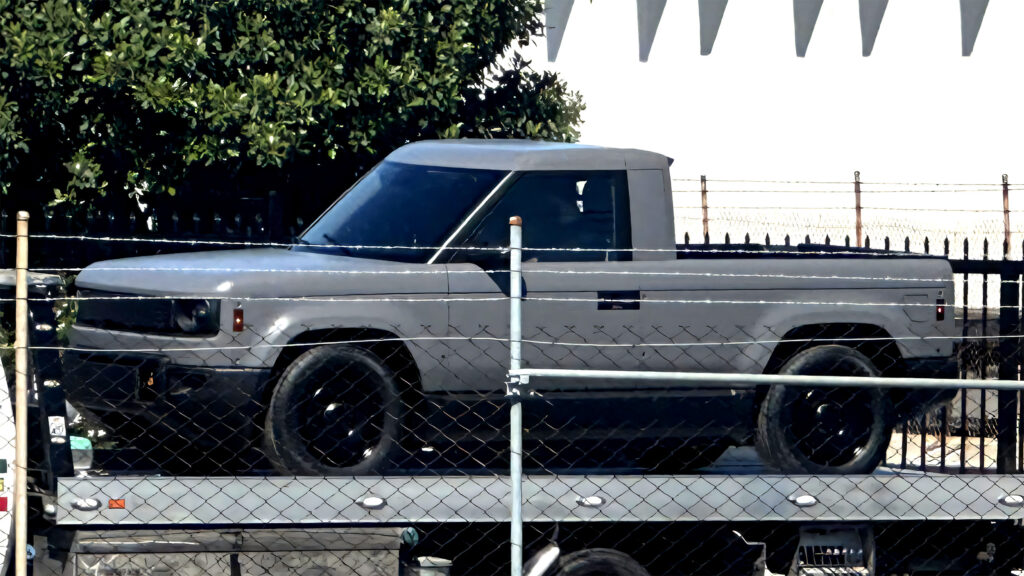

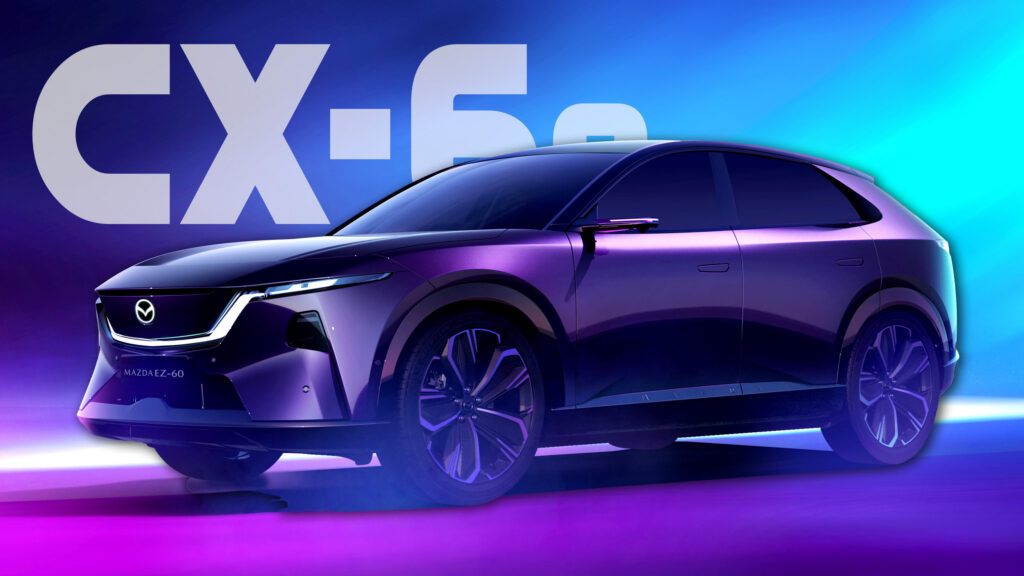
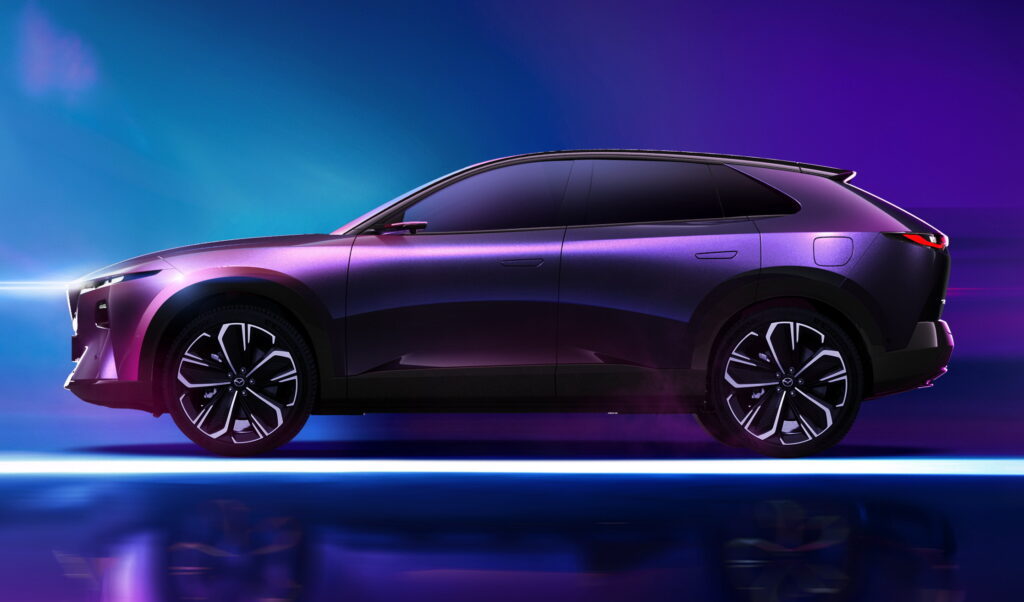

 Ty Estes is the Marketing Director for Hytera US Inc, where he oversees promotion of the company’s radio communication products. Estes has over twenty years of experience in marketing wireless communications and network technologies, and he has chaired committees in telecommunications trade associations and authored several technical papers. Estes has a bachelor’s degree in English from California State University, Long Beach.
Ty Estes is the Marketing Director for Hytera US Inc, where he oversees promotion of the company’s radio communication products. Estes has over twenty years of experience in marketing wireless communications and network technologies, and he has chaired committees in telecommunications trade associations and authored several technical papers. Estes has a bachelor’s degree in English from California State University, Long Beach. Julie Ann Baker is the Hytera US Inc. Push-to-Talk over Cellular (PoC) Product Marketing Manager. In this role, she is responsible for product planning and marketing, gathering and prioritizing product and customer requirements, and analyzing and understanding how PoC product line meets the needs of a variety of vertical markets. Baker has worked in high-tech for Intel Corporation, Microchip Technologies, and Hytera US. Julie Ann has a BSEE and MBA.
Julie Ann Baker is the Hytera US Inc. Push-to-Talk over Cellular (PoC) Product Marketing Manager. In this role, she is responsible for product planning and marketing, gathering and prioritizing product and customer requirements, and analyzing and understanding how PoC product line meets the needs of a variety of vertical markets. Baker has worked in high-tech for Intel Corporation, Microchip Technologies, and Hytera US. Julie Ann has a BSEE and MBA.